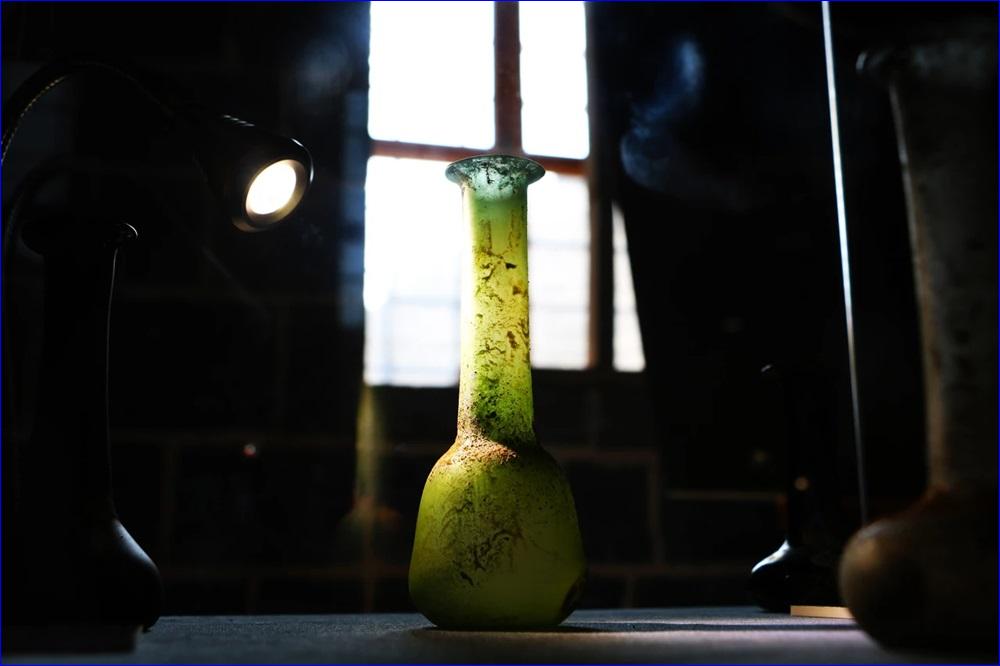


 IHA)
IHA)
For the Assyrians, lilies held special significance. It was a tradition for Assyrian queens to be anointed with myrrh, a fragrant resin, for six months before their wedding. After marriage, they were adorned with perfumes according to their natural attributes, symbolizing their new status.
Historical fragrances like Nero's are being brought back to life by experts like Bihter Turkan Ergul, allowing modern audiences to experience the luxurious scents of ancient empires. From the heady aroma of rhodium to the subtle notes of Assyrian lilies, these perfumes offer a sensory journey through time.
From the ancient Sumerians to the Romans, and from Julius Caesar to Hurrem Sultan, scent has been a bridge connecting civilizations and iconic figures throughout history.
Now, perfume expert Bihter Turkan Ergul and her team have breathed new life into Emperor Nero's signature fragrance, adding it to their repertoire of historic recreations.
Perfume expert brings history to life
Perfume designer Bihter Turkan Ergul continues her mission to revive ancient scents through meticulous historical research and authentic formulas. Ergul's latest creation focuses on Emperor Nero, the infamous Roman ruler known for his decadent lifestyle.
This rose-infused perfume will be showcased at the Izmir Culture Route Festival from October 26 to November 3, alongside other historical fragrances. Visitors will also get a chance to experience Caesar's fragrance, which contains a unique gladiator sweat formula. However, these perfumes are not commercially available and can only be sampled at exclusive events like the festival.
Nero: Emperor obsessed with fragrance
"Nero, infamous for his role in the burning of Rome, was also a fragrance enthusiast," explains Ergul. She and her team analyzed residues from ancient Roman artifacts to recreate Nero's favorite scents.
"Historical records show that Nero was particularly fond of rose. Other scents he enjoyed included saffron, quince blossom, Indian hyacinth, and myrrh," Ergul notes.
The emperor would even have his servants massage him daily with custom-made perfumes. His fondness for fragrance extended to his palace animals, which were also anointed with scented oils by designated servants.
Rhodium: Nero's signature perfume
During Nero's reign in the 1st century B.C., trade routes expanded, making the transportation of scented oils cheaper and faster. As a result, shops selling perfumes multiplied across Rome.
The most sought-after scent of the time was 'rhodium,' a blend of carefully selected roses. This perfume became synonymous with Nero's reign. Another popular scent, 'foliatum,' made from Roman roses, was a lighter alternative to rhodium.

or register to post a comment.